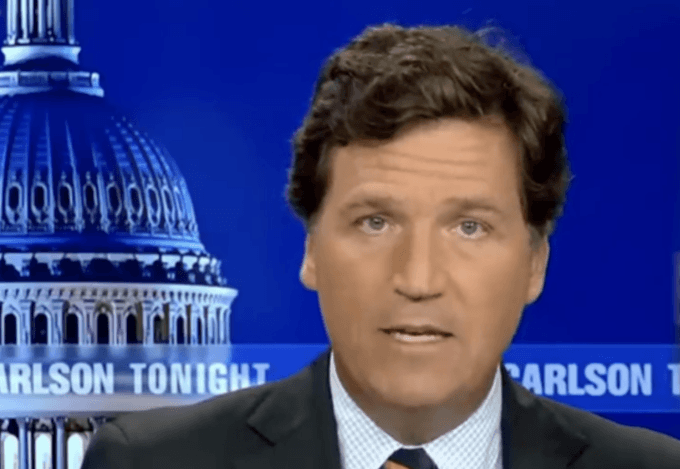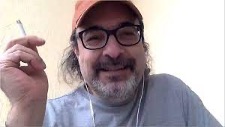NOVANEWS

THE GLORIOUS VICTORY OF THE SOVIET PEOPLE IN THE GREAT PATRIOTIC WAR (1941-1945) CROWNS THE TRAGIC AND HEROIC EPIC OF WORLD WAR II, THE BLOODIEST CONFLICT IN HUMAN HISTORY. THIS VICTORY BECAME AN EVERLASTING SYMBOL OF THE STRUGGLE AGAINST FASCISM, WHICH UNITED PEOPLES OF DIFFERENT RELIGIONS, RACES AND NATIONS, CHAMPIONS OF EVERY POLITICAL AND IDEOLOGICAL SYSTEM, FROM EUROPE AND ASIA TO NORTH AMERICA AND AFRICA. CELEBRATING THE 70TH ANNIVERSARY OF THE GREAT VICTORY, WE RECALL THE MOST MEMORABLE EVENTS OF THE DRAMATIC AND GLORIOUS HISTORY OF OUR HOMELAND, THE EXPLOITS OF OUR ANCESTORS FROM THE TIMES OF ALEXANDER NEVSKY AND DMITRY DONSKOY, PRINCE DMITRY POZHARSKY AND KUZMA MININ, ALEXANDER SUVOROV AND MIKHAIL KUTUZOV, FYODOR USHAKOV AND PAVEL NAKHIMOV, MIKHAIL SKOBELEV AND ALEXEI BRUSILOV… THEIR FEATS REFLECT THE HISTORY OF OUR NATION’S SPIRIT – A HISTORY IN WHICH NOTHING IS LOST, NOTHING VANISHES WITHOUT TRACE, BUT WHERE EVERYTHING IS PASSED DOWN FROM ONE GENERATION TO ANOTHER AS A CONSTANT ETHICAL REMINDER OF FAITH AND COURAGE, PATRIOTIC LOVE AND SACRIFICE FOR SAKE OF THE FUTURE.
The feats of arms accomplished by the nations of our multinational Motherland have been highlighted in literary works, sagas and chronicles, in painting, sculpture and drawing, as well as in architecture, symphonies, hymns and songs, on stage and in cinema. They have incorporated the beauty and vigour of the human soul, capturing the most sublime and humanistic ideals.
As the progeny and heirs of the soldiers of the Great Victory – the participants and veterans of the Great Patriotic War – the cultural intelligentsia, together with all citizens of Russia, remembers the suffering of irreparable losses, while also feeling proud of the glorious deeds of our ancestors.
The heroic achievements of the Russian people live on in the music of Mikhail Glinka and Modest Mussorgsky, Dmitry Shostakovich and Alexander Alexandrov; in the poetry of Alexander Pushkin, Mikhail Lermontov, Alexander Tvardovsky, Anna Akhmatova, David Samoilov, and the literary works of Leo Tolstoy, Alexei Tolstoy, Mikhail Sholokhov, Konstantin Simonov, Yury Nagibin, Yury Bondarev, Vasil Bykov, Viktor Nekrasov, and Vasily Grossman; in the cinema of Sergei Bondarchuk, Mikhail Kalatozov, Pyotr Todorovsky, Alexander Mitta, Alexei German, Nikita Mikhalkov; in the paintings of Alexander Deineka, Sergei Gerasimov, Konstantin Yuon and Arkady Plastov, in the sculptures of Vera Mukhina, Mikhail Anikushin, Vladimir Tsigal and the graphic pieces of the Kukryniksy, Boris Yefimov, Boris Prorokov and Dementy Shmarinov…
An eternal contribution to chronicling the Great Patriotic War in artistic imagery has been made by our distinguished visual artists – the brothers Sergei and Alexei Tkachev, Gely Korzhev, Yevsey Moiseenko, Boris Ugarov, Andrei Mylnikov, Yury Neprintsev, Viktor Tsyplakov, Mikhail Savitsky, Alexander Laktionov, Viktor Ivanov, Ernst Neizvestny, Yevgeny Vuchetich, Lev Kerbel, Daniel Mitlyansky, Victor Popkov and Eduard Bragovsky.
Preparing for the 70th anniversary of the Great Victory all the regions of Russia are organising commemorative celebrations, opening remarkable art exhibitions devoted to the events that proved critical for the destinies and lives of the Soviet people. Such shows include the Russian National Exhibition of Members of the Artists’ Union of Russia, displays of works created by members of the Artists’ Union of Moscow and St. Petersburg and similar regional organizations, which feature all trends of contemporary art and artists of all ages, from mature masters to figures who are only beginning their careers.
The years following the 65th anniversary of the Great Victory have seen the appearance of many excellent statues and paintings, intended both for public and private spaces, as well as memorable graphic works. Such artwork includes monuments and memorials created by Zurab Tsereteli, Alexander Burganov, Alexander Rukavishnikov, Andrei Kovalchuk, Mikhail Pereyaslavets, Salavat Shcherbakov and Vladimir Gorev; paintings by Tair Salakhov, Pavel Nikonov, Dmitry Zhilinsky, Valentin Sidorov, Vladimir Pesikov, Andrei Gorsky, Natalya Nesterova, Tatiana Nazarenko, Ivan Lubennikov, Vasily Nesterenko, Sergei Prisekin, Olga Bulgakova, Yevgeny Maximov, Yury Kaluta, Anatoly Lubavin, Viktor Glukhov, Nikolai Borovsky, Alexander Brodsky and Viktor Kalinin; and graphic works by Nikolai Voronkov, Nikolai Popov, Andrei Pakhomov, Sergei Kharlamov, Sergei Andriyaka, Vyacheslav Zhelvakov, Alexander Suvorov and Alexander Teslik…
The new works of these Russian artists demonstrate both explorations and new discoveries, and a continuity of tradition. They are united by their creators’ sense of spiritual connection with the destiny of their Motherland, and the unbreakable ties between different eras and generations.
As we consider the diversity of Russian visual art, we become aware of the immense creative potential of our country’s culture and its optimistic, spiritually transforming power.
The great historical mission of fighting Fascism which fell to the Soviet people, together with the other nations who were its allies in World War II, will forever remain in the grateful memory of humankind.
Culture occupies a special place as an instrument for both raising awareness of and perpetuating the immortal exploits, countless losses and immeasurable suffering of the nations of the world during World War II. For all its national originality and uniqueness, Russian art has never been isolated from world culture – its evolution, explorations and discoveries have always been an integral part of human civilization. Distinguished by its spirituality and loyalty to humanist ideals, lasting moral values and faith in the triumph of reason and justice, Russia’s art has more than a millennium of experience behind its superb professional culture.
The victory of the Soviet people and the different nations of Russia in the Great Patriotic War of 1941-1945, and the imagery that captures the immortal feats of arms of our compatriots, our fathers and mothers, grandfathers and great-grandfathers, both on the battlefields and behind the lines, remain unfading symbols of the living memory, patriotic spirit and responsibility of those generations towards the past, present and future, as well as of our responsibility for the celebration of this landmark in our country’s history, which is itself an act of edification for future generations.
Commentaries to the visual chronicle are quoted from Alexander Morozov’s article
(http://www.tg-m.ru/img/mag/2010/004-031.pdf;
http://www.tg-m.ru/articles/3-2013-40/podvig-i-slava-iskusstvo-na-voine).






































